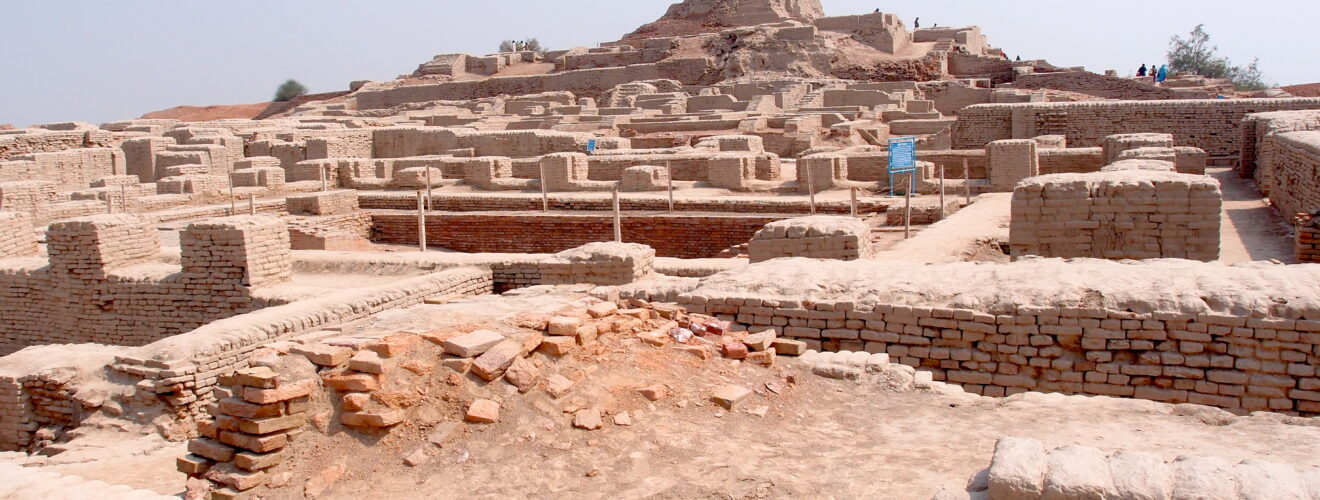Most Oldest Places In The World

Determining the world’s oldest place can be challenging, as it depends on the criteria used, such as whether you’re considering continuous human habitation, archaeological evidence, or the establishment of a specific settlement. It’s essential to recognize that defining the “oldest” place can be subjective, and the designation often depends on archaeological discoveries and interpretations. Additionally, there are many ancient sites around the world with significant historical and cultural importance. Here are a few places often regarded as some of the oldest in terms of continuous human habitation or archaeological significance:
Jericho, West Bank:
Jericho is often considered one of the oldest continuously inhabited cities in the world. Archaeological evidence suggests human settlement in the area dating back to around 10,000 BCE.
Damascus, Syria:
Damascus is one of the oldest continuously inhabited cities, with a history that goes back thousands of years. It has been a key center for various civilizations throughout history.
Varanasi (Benares), India:
Varanasi is one of the oldest continuously inhabited cities in the world. Situated along the Ganges River, it has been a significant cultural and religious center for thousands of years.
Byblos, Lebanon:
Byblos is one of the oldest continuously inhabited cities on the Mediterranean coast. It has a history that spans over 7,000 years and was an important Phoenician city.
Aleppo, Syria:
Aleppo has a long history and is considered one of the oldest continuously inhabited cities. It has been a major center for trade and culture for thousands of years.
Çatalhöyük, Turkey:
Çatalhöyük is an ancient archaeological site in Turkey that dates back to around 7500 BCE. It is known for its well-preserved Neolithic houses and artifacts.
Here are a few more places with significant historical and archaeological importance, often regarded as some of the oldest in terms of human habitation:
Ur, Iraq:
Ur is an ancient city with a history dating back to the Sumerian civilization around 3800 BCE. It is known for its ziggurat and is associated with the biblical figure Abraham.
Athens, Greece:
Athens is one of the oldest continuously inhabited cities in Europe, with a history dating back over 3,000 years. It is considered the birthplace of democracy and a center of ancient Greek civilization.
Thebes (Luxor), Egypt:
Luxor, known as Thebes in ancient times, has a history that goes back to the 31st century BCE. It was the capital of the New Kingdom of Egypt and is home to iconic structures like the Valley of the Kings.
Cholula, Mexico:
Cholula is home to the Great Pyramid of Cholula, the largest pyramid by volume. The city has a history dating back to pre-Columbian Mesoamerica.
Mohenjo-daro, Pakistan:
Mohenjo-daro is an archaeological site belonging to the ancient Indus Valley Civilization. It dates back to around 2500 BCE and is one of the major urban centers of the ancient world.
Göbekli Tepe, Turkey:
Göbekli Tepe is an archaeological site with structures dating back to around 9600 BCE, making it one of the oldest known temples in the world.
Larnach Castle, New Zealand:
Larnach Castle is located near Dunedin and is one of the oldest and grandest castles in the Southern Hemisphere. It dates back to the 19th century.
Cuzco, Peru:
Cuzco was the historic capital of the Inca Empire and is considered one of the oldest continuously inhabited cities in the Americas.
These places showcase the diversity of human history and the longevity of human settlements across different regions of the world.








